PROTECT YOUR DNA WITH QUANTUM TECHNOLOGY
Orgo-Life the new way to the future Advertising by AdpathwayIn the tranquil waters of Nakagusuku Bay, located in the Okinawa region of Japan, a significant discovery is shedding light on the early developmental stages of the silver grunt, scientifically known as Pomadasys argenteus. This newly published research by a group of dedicated scientists meticulously documents the pelagic development stages of this species, emphasizing not only its morphological attributes but also its reproductive behaviors and environmental interactions. This critical research paints a vivid picture of the life cycle of the silver grunt, contributing immensely to the understanding of marine biology and ecology in this particular habitat.
The silver grunt, an economically important fish species in various coastal regions, demonstrates intriguing spawning behaviors that are adapted to the dynamic marine environment. Initial investigations have indicated that its spawning patterns coincide with specific environmental cues, including temperature changes and lunar cycles. Such findings are not merely academic; they have practical implications for fisheries management and conservation strategies aimed at ensuring sustainable populations of this species.
A significant aspect of this study is the detailed observation of the early larval stages of Pomadasys argenteus. These early life stages are critical for understanding population dynamics, as they determine both survival rates and eventual recruitment into adult populations. The researchers utilized state-of-the-art techniques, including video recordings and microscopic examinations, to capture the intricate details of these developmental stages. Such methods allowed the team to observe behavioral traits and physiological adaptations in real-time, providing invaluable insight into how the young silver grunts navigate their complex aquatic environment.
Another critical finding from this research is the role of the benthic and pelagic zones in the survival of the early larvae. The transition from the pelagic phase, where larvae drift in the water column, to a more benthic lifestyle as they mature is calculated to be a crucial period. The study found that during this phase, the larvae exhibit a range of behaviors, from seeking shelter among corals and rocks to forming small aggregations for protection. These behavioral adaptations are not just instinctual; they demonstrate a sophisticated level of interaction with the surrounding environment.
The ecological implications of the research extend beyond the life cycle of the silver grunt itself. Understanding the relationship between this species and its habitat provides insights into broader ecological patterns in Nakagusuku Bay. The presence of the silver grunt can be an indicator of environmental health, as changes in its spawning and development could reflect alterations in water quality or habitat conditions. Therefore, studying this fish not only contributes to marine biology but also serves as a critical tool in ecological monitoring and assessment.
As climate change continues to affect marine ecosystems globally, the findings regarding spawning and developmental patterns of Pomadasys argenteus assume even greater significance. Shifts in temperature, salinity, and other environmental factors can drastically affect fish reproduction and larval survival rates. This study underscores the urgent need for ongoing monitoring and research to understand how the silver grunt and its related species will adapt to these changes.
Moreover, the implications for fisheries management are profound. By establishing a clearer understanding of the life history traits of Pomadasys argenteus, fishery managers can implement regulations that support sustainable fishing practices. Proper management ensures that not only the silver grunt populations remain healthy but also that the livelihoods of local fishing communities are preserved. This aspect of the study is crucial, as it highlights the interconnectedness of ecological health and human economic needs.
Networking with local fishermen and involving them in research efforts can create a win-win scenario. By providing local communities with the results of such studies, managers can foster a sense of stewardship towards marine resources. This collaborative approach can lead to more effective conservation measures and sustainable practices, ultimately benefiting both the species and the community.
The social and economic importance of the silver grunt in Okinawa cannot be overstated. It is a favored catch among local fishermen and serves as an essential source of protein for many households. The results of this research may help ensure that future generations can also enjoy the benefits of this valuable species. Implementing sustainable fishing practices based on scientific research is not just beneficial for the fish populations; it is also a step toward securing food resources for the increasing human population.
The meticulous documentation in this study sets a precedent for future research on other economically important species. By employing similar methodologies, scientists can unravel the life histories of various marine organisms, thus contributing to global efforts in marine conservation and sustainable resource management. The intricate relationships observed within the ecosystem of Nakagusuku Bay showcase the need for a holistic understanding of marine biology that encompasses both individual species and their interactions within broader ecological systems.
The research team’s dedication to understanding the early development of Pomadasys argenteus opens new avenues for exploration. Future studies could delve deeper into the genetic factors influencing development and survival, as well as the potential impacts of environmental pollutants on fish populations. These lines of inquiry will be essential for comprehending the resilience of marine species in the face of anthropogenic challenges.
As we reflect on the findings from Nakagusuku Bay, it becomes evident that the silver grunt serves as more than just a species of interest; it acts as a vital resource that can illuminate broader ecological phenomena. The intricate balance within marine ecosystems, the impact of human activity, and the resilience of aquatic life all converge within this fascinating study.
In conclusion, the pelagic early development of the silver grunt, Pomadasys argenteus, presents an essential perspective on the interconnected realities of marine biology, fisheries management, and environmental conservation. As research continues to evolve, the insights gleaned from this work will play a critical role in shaping sustainable practices for the future, ensuring that both marine life and human communities thrive in harmony.
Subject of Research: Pelagic early development of Pomadasys argenteus
Article Title: Pelagic early development of the silver grunt Pomadasys argenteus in Nakagusuku Bay, Okinawa, Japan, with notes on its occurrence and spawning patterns.
Article References:
Uehara, M., Chimura, Y., Ohta, I. et al. Pelagic early development of the silver grunt Pomadasys argenteus in Nakagusuku Bay, Okinawa, Japan, with notes on its occurrence and spawning patterns. Discov Anim 2, 38 (2025). https://doi.org/10.1007/s44338-025-00091-w
Image Credits: AI Generated
DOI:
Keywords: Silver grunt, Pomadasys argenteus, marine biology, Nakagusuku Bay, Okinawa, spawning patterns, ecological monitoring, fisheries management.
Tags: early life stages of marine fish specieseconomic importance of silver gruntenvironmental factors in fish reproductionfisheries management strategieslarval development stages of fishlunar cycles and fish spawningmarine biology research in Okinawamorphological attributes of silver gruntNakagusuku Bay marine ecosystemPomadasys argenteus spawning behaviorssilver grunt life cyclesustainable fish population conservation


 8 hours ago
5
8 hours ago
5
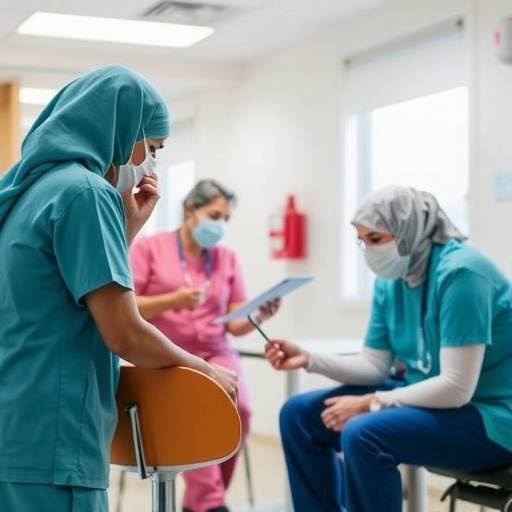

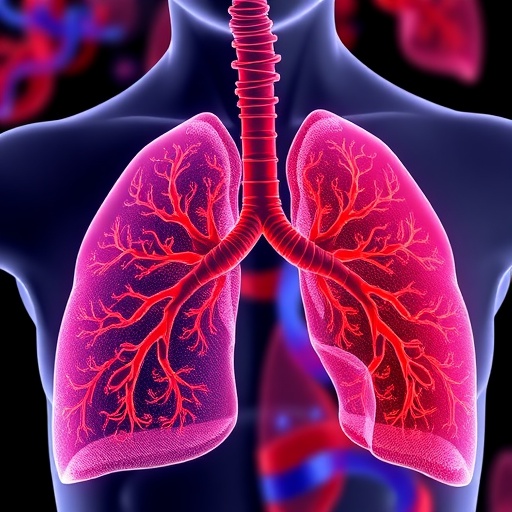
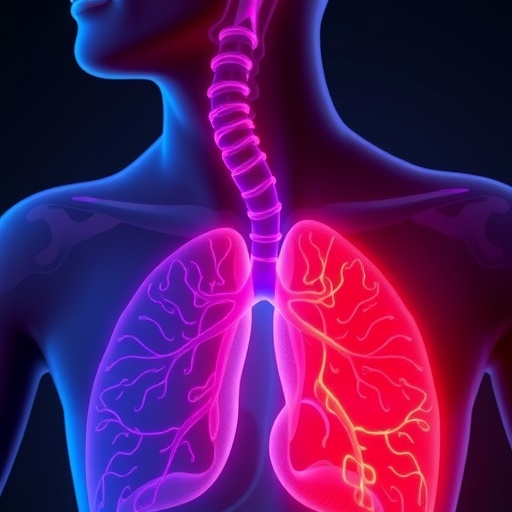

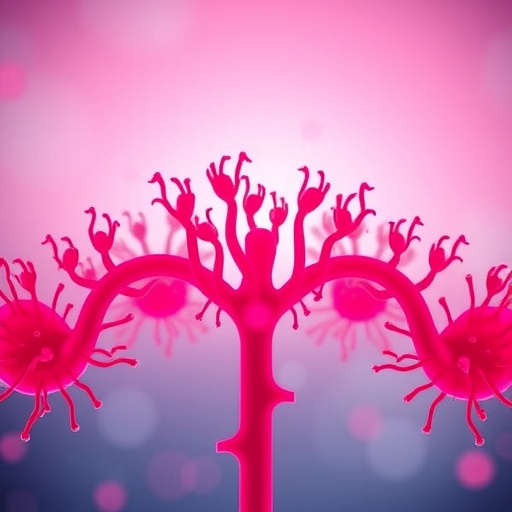
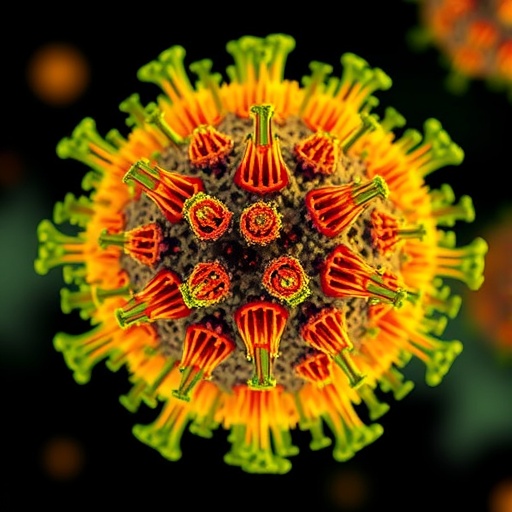














 English (US) ·
English (US) ·  French (CA) ·
French (CA) ·